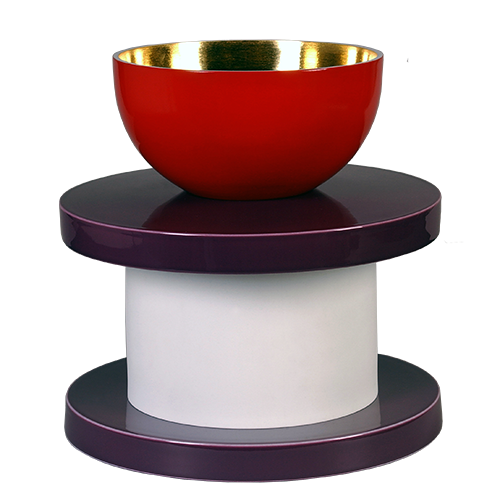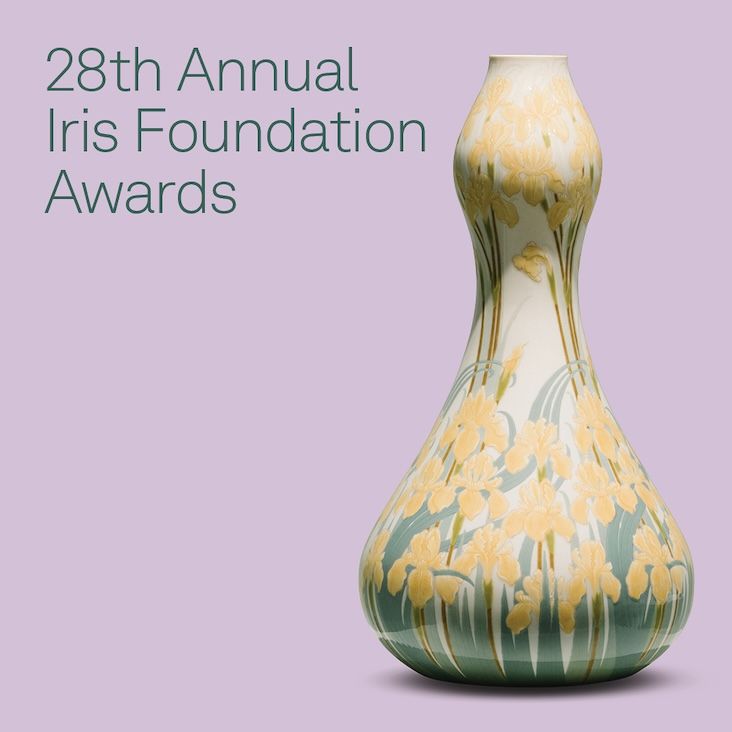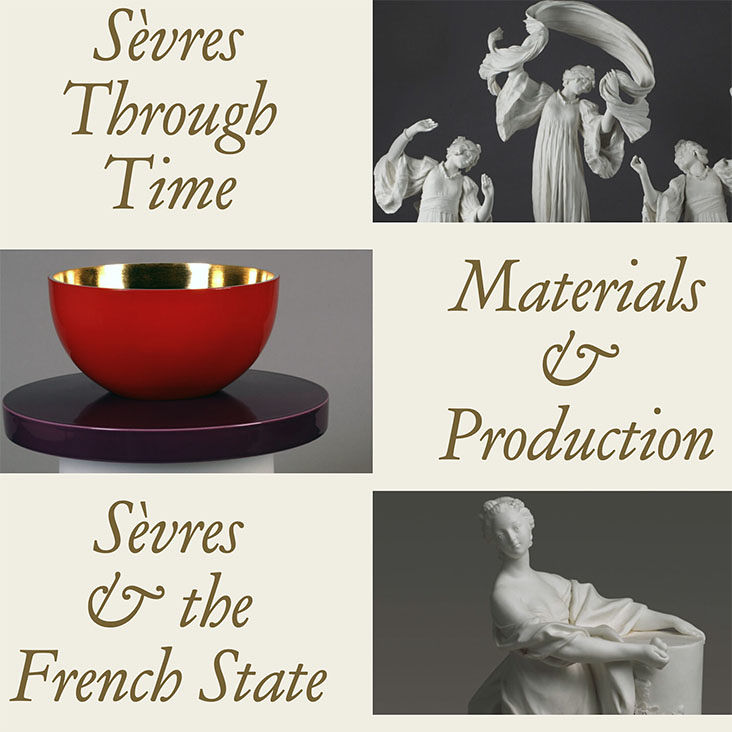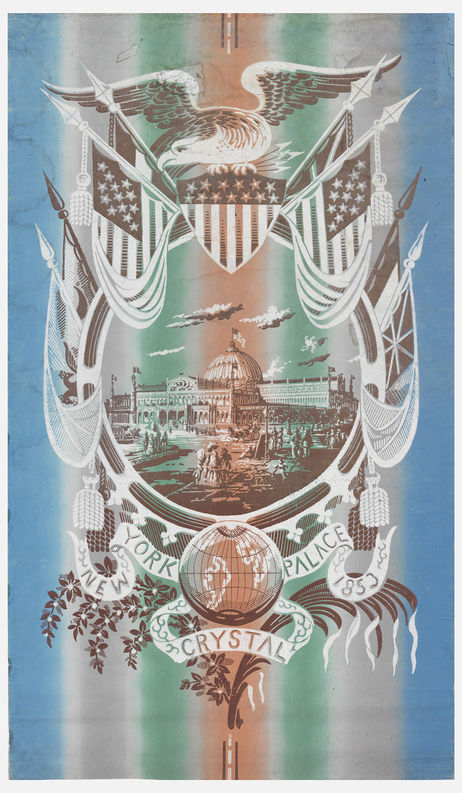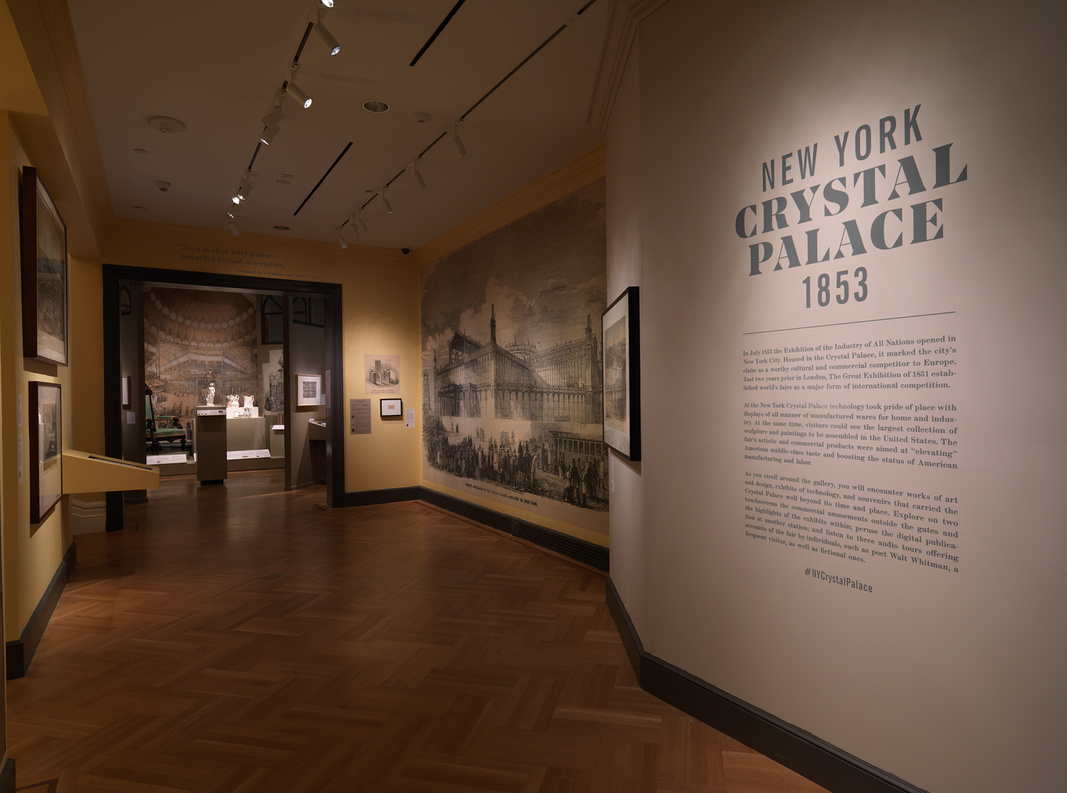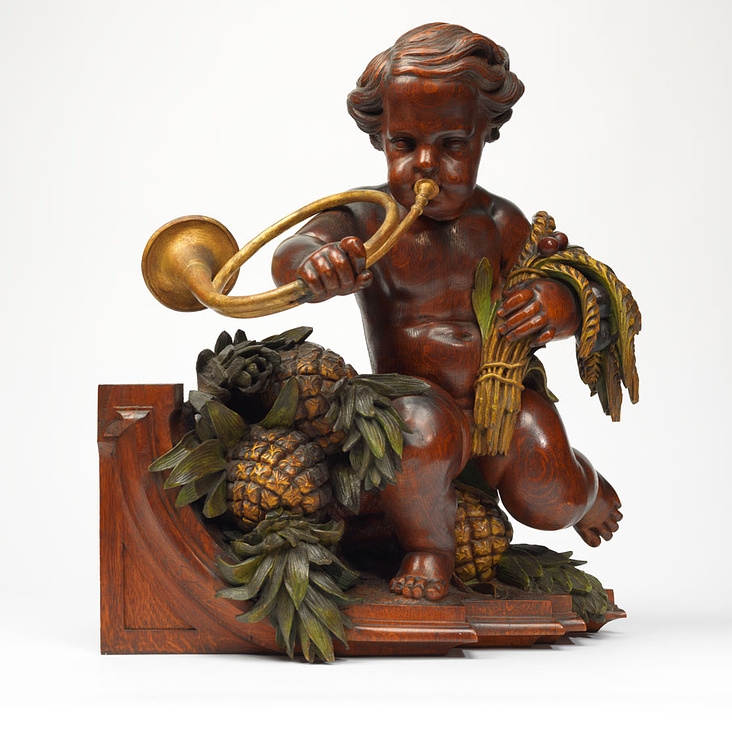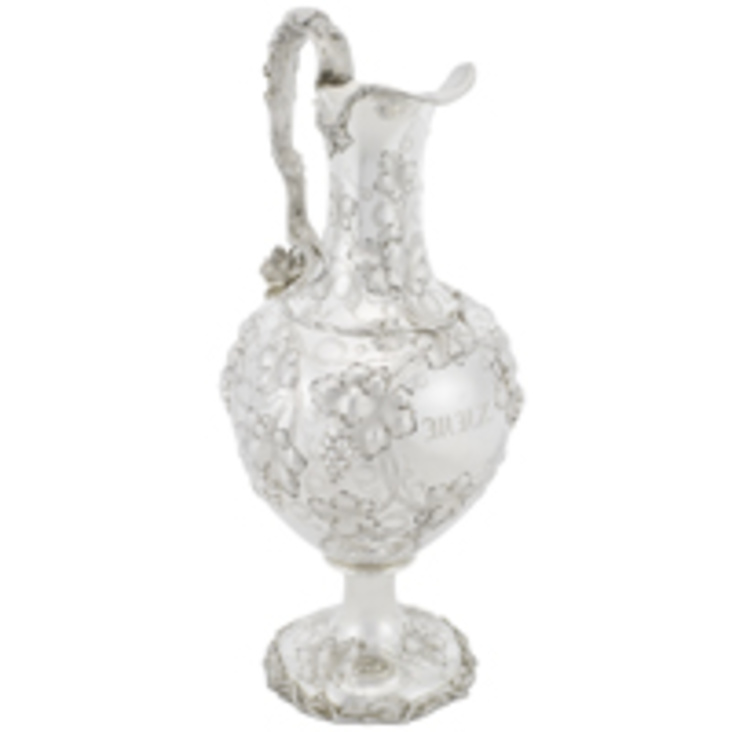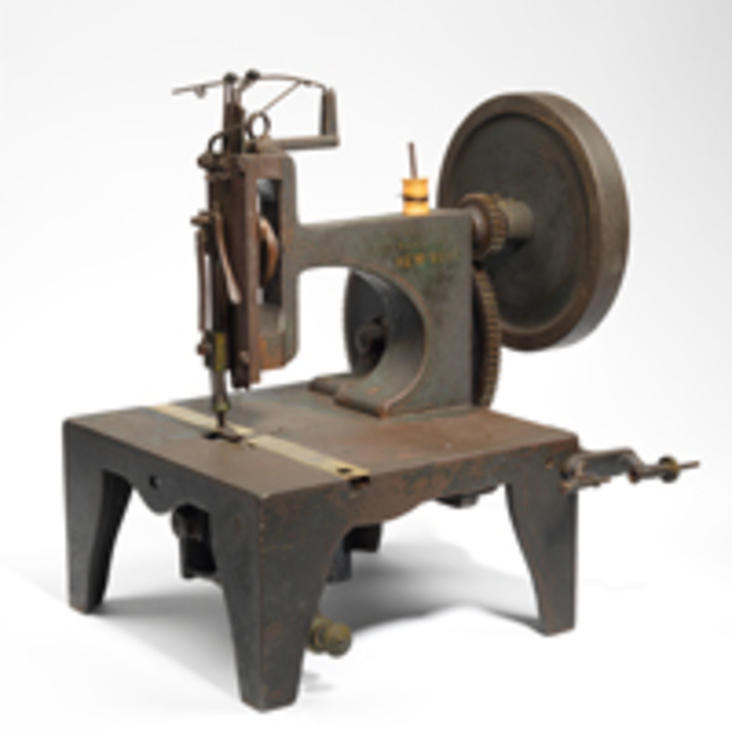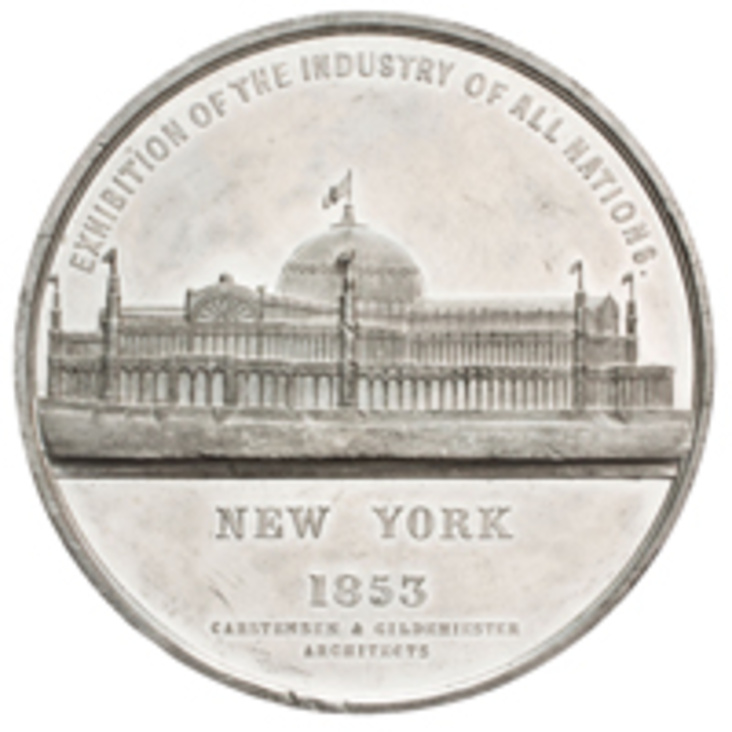Shedding light on a near-forgotten aspect of New York City’s cultural history, this exhibition explores the history and material culture of the first world’s fair held in the United States.
The New York Crystal Palace (formally known as the Exhibition of the Industry of All Nations) opened in July of 1853, on the site of what is now Bryant Park, facing Sixth Avenue between 40th and 42nd Streets. Housed in an innovative cast‐iron and glass structure, the Crystal Palace rates as one of the city’s first tourist attractions. It showcased an enormous range of consumer goods and technological marvels of the age, a sampling of which are presented.
Works on view range from large-scale full-color prints to silver medals, majestically carved furniture and decorative tableware to one of the earliest Singer sewing machines, strategically demonstrated by women at the fair. Developing photographic technology can be seen in remarkable salt prints by John Adams Whipple and Victor Prevost. One of the more unusual objects is a patented violin designed by the painter William Sidney Mount, who staged demonstrations at the fair. Souvenirs, guidebooks, and early printed pictorial newspapers also play a role in how this early popular attraction has been remembered. The thematic presentation focuses as much on the experience of the Crystal Palace as the goods inside and ends with the building’s tragic destruction by fire five years after its dedication.
New York Crystal Palace 1853 is accompanied by a digital publication that builds upon the 2015 Focus Project Visualizing 19th–Century New York. It contains essays on such topics as the food and drink available to visitors and the smartly uniformed police officers who patrolled the display areas. In‐gallery interactive components of the digital publication explain more about the exhibits inside the Crystal Palace building and the wider range of public activities going on outside the exposition. Audio tours offer a first‐hand account by well‐known New Yorker Walt Whitman—an enthusiastic and frequent visitor—as well as suggest how others might have experienced the exhibition.
Digital Publications:
New York Crystal Palace 1853
This digital publication accompanies the 2017 exhibition, New York Crystal Palace 1853, on view at the Bard Graduate Center Gallery from March 24, 2017, to July 30, 2017.
A Focus Project curated by the late David Jaffee, Professor and Head of New Media Research, Bard Graduate Center. Focus Projects are small-scale academically rigorous exhibitions and publications that are developed and executed by Bard Graduate Center faculty and postdoctoral fellows in collaboration with students in our MA and PhD programs.



